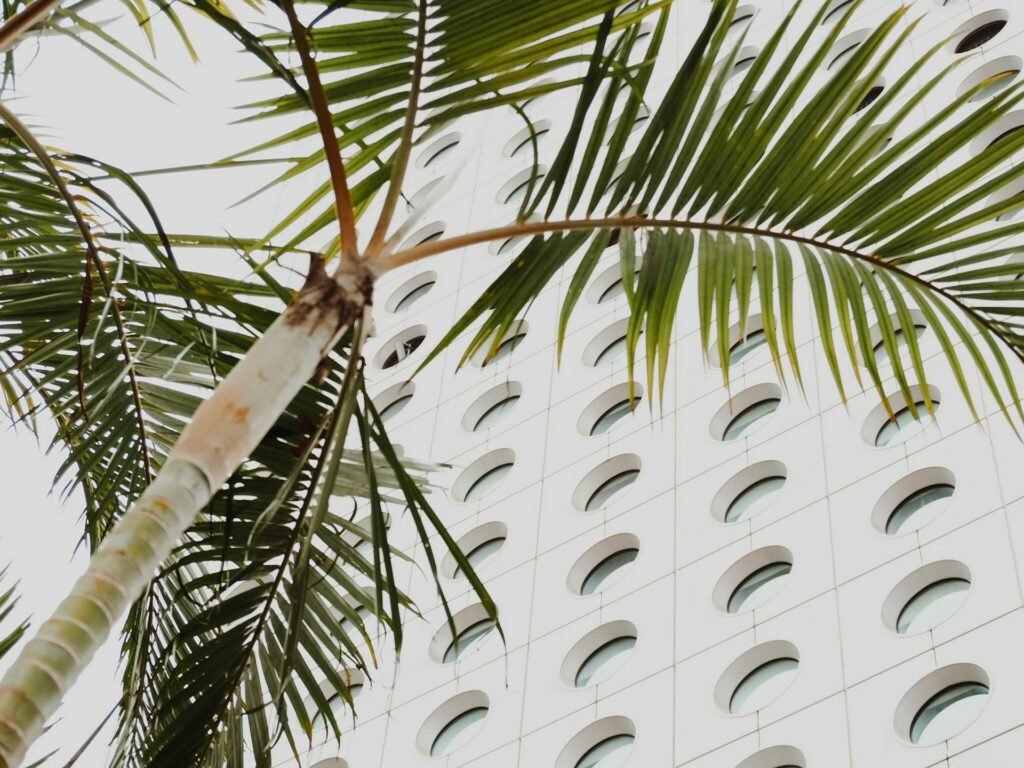
Hong Kong is the undisputed dim sum capital of the world, offering an incredible variety of steamed, fried, and baked bite-sized delights. From Michelin-starred establishments to humble local joints, the city is brimming with places to enjoy this quintessential Cantonese culinary tradition.
One of the most iconic dim sum restaurants in Hong Kong is Tim Ho Wan, known as the “world’s cheapest Michelin-starred restaurant.” This unassuming eatery serves affordable yet exceptional dim sum that has earned it a loyal following. The must-try dishes here include their famous baked BBQ pork buns, which are flaky, sweet, and savory; steamed shrimp dumplings (har gow) that are translucent and packed with fresh shrimp; and pan-fried turnip cake, crispy on the outside and soft and flavorful on the inside.
For a luxurious dim sum experience, Lung King Heen at the Four Seasons Hotel in Central is the place to be. This Michelin-starred restaurant offers stunning harbor views while serving up exquisite dim sum dishes. Some of their standout items include barbecued pork with honey, which is perfectly charred and glazed; steamed lobster and scallop dumplings that are luxurious and packed with seafood flavor; and baked abalone puff with diced chicken, a rich and indulgent treat.
Maxim’s Palace in Central offers a classic Hong Kong dim sum experience. This popular eatery has been around for decades and is known for its vast selection of traditional Cantonese dishes. Their dim sum menu features all the classics, including har gow, siu mai, and cha siu bao, as well as some more modern creations like their signature egg tarts.
Hong Kong’s dim sum scene is not just about the food; it’s also about the experience. At One Dim Sum in Prince Edward, diners can enjoy high-quality dim sum at affordable prices in a lively atmosphere. This Michelin-recommended restaurant offers a variety of dishes, including steamed shrimp dumplings (har gow) that are fresh and plump; pan-fried turnip cake that is crispy and flavorful; and BBQ pork buns that are soft and delicious.
In contrast to the more traditional dim sum restaurants, some establishments offer creative twists on classic dishes. At Tao Heung in multiple locations, diners can enjoy affordable and high-quality dim sum in a lively setting. Their menu features all the classics, as well as some more modern creations like their signature black truffle har gow, which is a luxurious take on the traditional shrimp dumpling.
For those looking for a truly unique dim sum experience, Dim Sum Library at Pacific Place in Admiralty offers creative and high-end twists on traditional dishes. Their menu features items like crispy quail egg with Iberico ham, which is a rich and indulgent bite; pork and shrimp siu mai with crab roe, which is a flavorful upgrade to the classic; and black truffle har gow, which is a luxurious take on the traditional shrimp dumpling.
In addition to these top recommendations, there are many other excellent dim sum restaurants throughout Hong Kong. Some popular options include Ming Court in Mong Kok, Tao Heung in multiple locations, and Dim Sum Library at Pacific Place in Admiralty.
When enjoying dim sum in Hong Kong, it’s essential to follow some simple tips. Firstly, go early, as the best dishes often sell out by mid-afternoon. Secondly, share dishes with your group, as dim sum is meant to be shared. Thirdly, pair your meal with traditional Chinese tea, such as pu-erh, jasmine, or chrysanthemum. Finally, reserve ahead of time for popular restaurants, especially Michelin-starred ones.
Hong Kong’s dim sum scene is a celebration of Cantonese culinary artistry, offering everything from humble street-side bites to luxurious Michelin-starred creations. Whether you’re a first-time visitor or a seasoned foodie, these recommendations will give you an unforgettable dim sum experience. So grab your chopsticks, pour some tea, and enjoy the feast!







